-
Posts
6,217 -
Joined
-
Last visited
-
Days Won
120
Content Type
Profiles
Forums
Downloads
Gallery
Posts posted by Michael Aivaliotis
-
-
You Are Rowlf the Dog

Mellow and serious, you enjoy time alone cultivating your talents.
You're a cool dog, and you always present a relaxed vibe.
A talented pianist, you can play almost anything - especially songs by Beethoven.
"My bark is worse than my bite, and my piano playing beats 'em both."
The Muppet Personality Test
http://www.blogthings.com/themuppetpersonalitytest/
BTW, when asked what kind of code you want, select BBCODE.
-
We don't mind. However be warned, we speak our minds here and the undesirable posts are not removed by NI, so carefull about what hornet's nest you poke a stick at.By the way - sorry if I seem like I am using the forums purely for research - - that is not the message I want to send across
Feel free to scream at me if you feel it is warranted...

-
Here's your solution...
-
Yes, I can see the LV angle but I think NI has to make some mods to the exisitng LV. For example in order to wire up an Icon you either need very pointy fingers or a zoom feature to blow up the icon image.
-
Thanks Jim, I was actually doing this already but it wasn't working for me. It turns out that one of the menu functions was erroring out and thus not displaying the line. I was trying to perform a "disable" action on the line by accident. You can't do that to APP items.Use the Application Item Tags. In this case, you want to use APP_SEPARATOR. -
Does anyone know how to programmatically add a separator line in a right-click context-menu?
-
Usually this language problem\instrument communication issue is solved by adding the following entry to you executable ini file:Dear All,This is Willy from AUS. Waving my hands towards you all.

I recently have encountered a strange problem. I developed a user interface by Labview 7.0. Then I convert it to an executable file. When it was installed at our customer end, they found they cannot control the device properly. However, it works perfectly at my side. Then I finally figure out because their language setting is French instead of English. It makes me wonder if I can seek OS language setting information through Labview and display a pop-up window to remind our cusomter to change their language setting if it is not English before they launch our GUI software.
Do you guys know how to achieve that?
Thank you all indeed.

useLocaleDecimalPt=False
-
-
Am I missing something? Why not create a custom conditional with any datatype you want?Does anybody know why condional probes are available for U32, I32, and Double wires, but not for other data types? Does this limitation still exist in LV8?Thanks,
Gary
-
Yes, this is true. After 500 posts you can customize your "slogan" underneath your avatar. This is available from your control panel. Click on Profile Settings.A neat idea (and maybe its already the case?) is if the <customize this text> descriptor was actually able to be customized by those that manage to obtain 500 post status. Maybe Jim's got something fun and creative he'd like to put there! A sorta reward for him being so active (and beneficial) on these forums.Congratz Jim,
Dave
-
OK, so even I can learn a few new tricks...

[LV8] By default when you click and drag a block diagram object, you get an outline of the object under you mouse pointer. If you tap the spacebar while you're draging, you will see the actual image of the object under your pointer. Now isn't that cute!

-
http://www.cafepress.com/lavausergroupWhilst on the topic of NI gear - My old LAVA t-shirt is in need of replacement: I did a search on Cafe Press and found nothing (is that where they used to be)? Can I get other LAVA items as well (mug, cap, underwear...)? -
-
iddx, if you have assisted this person by posting some VI's somewhere then please put a link to that code here for completeness.i2dx, thank you for your two program. -
-
OK, people let's get back on track.

This is actually a nice feature request. I think it would be very usefull. :thumbup:
Somehow to augment this would be the ability to add a comment which acts like a strict-type. For example, I am always wanting to add comments next to enums to list descriptions documentation about what each enum element does and how it ties-in to other processes in the application. If you use an enum for messaging commands then a small description list of each command next to the enum is very helpfull. It would be nice to copy this comment to the recipient VI that handles\parses the command enum. If later you decide to add a command\enum element then you edit the comment in one place and then all other copies of the comment would get updated.
-
I personally hate that palette view. I find it easier to identify an Icon rather than read text.ask and ye shall receive -
The behaviour in the VI Error List has changed in LV 8.0 compared to 711 and ALL prior releases.
In LV711 the errors in the VI's were sorted reverse hierarchically. This means if you had a broken VI at the very bottom of your hierarchy, you could scroll to the top of the list and doubleclick on the error which would bring you to the broken VI. If you fixed this one VI you would have fixed ALL your errors since this one VI error was essentially propogated. Sorting the VI errors in this fashion helps find and isolate problems FAST!
In LV8.0, I have no Idea what the order is. I know there is an order, but who does this order serve?
See the attached images reproducing the same error in both LV versions.
LV711
LV801
It seems that this Version 8.0 is meant to please the advanced LV developers but it seems to be pissing us off more and more...
-
-
Ok, I feel like a fool, but all of a sudden I don't seem to be able to find the icon on my palette to browse for a VI on my file system and place it on the diagram. I was sure I saw it there before. Maybe this happened after the 801 upgrade?
Anyway, I figured out how to add it to the palette myself, but I thought this was standard... Strange.
-
I'll ponder over the ideas raised in this thread...
One thing I also want to add. Please everyone (Students and Otherwise), Add a decent title and description to your posts. Would you open an email that had the title: "help needed...please" probably not. Obviously you need help, be more specific. Skimming the title helps everyone weed out the noise. Also, the act of writing a title forces you to organize your thoughts.
-
I think what i2dx means is that most of the regular LAVA members are also visitors of all other LabVIEW forums as well. Sometimes it becomes a decision that a regular has to make and decide in which location they should post a reply. On top of that, after they reply in one location, they must follow up on all other locations with a link to the original reply. If they don't do that then they may give the impression that those other forums are not as important as the one they responded in. In other words, this puts more work on the person responding.How could you say that ? how do you know that my problem is not urgent. Actually, it is.Why shouldn't I ask on several forum ? It's forbidden ? I don't think so.
Indeed, I have read your answer in labviewforum.de. I am gratefull for that, but maybe you could read the question more carefully.
Please don't take this as a personal attack
 . You are welcome to post in the LAVA forums or wherever else you see fit. You should understand that the LabVIEW community is very small compared to other development languages so even if you post to one website, we will all see it right away.
. You are welcome to post in the LAVA forums or wherever else you see fit. You should understand that the LabVIEW community is very small compared to other development languages so even if you post to one website, we will all see it right away.As a side note, I find it kind of strange that you would post in English on a German LabVIEW site.
-
-
Just send your Invoices for time spent compiling your code to NI corporate. I'm sure they'd love that...The time Y'all are reporting are making this update look very expensive!Ben




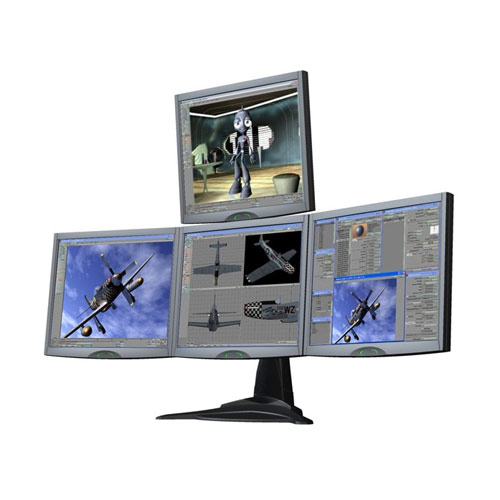
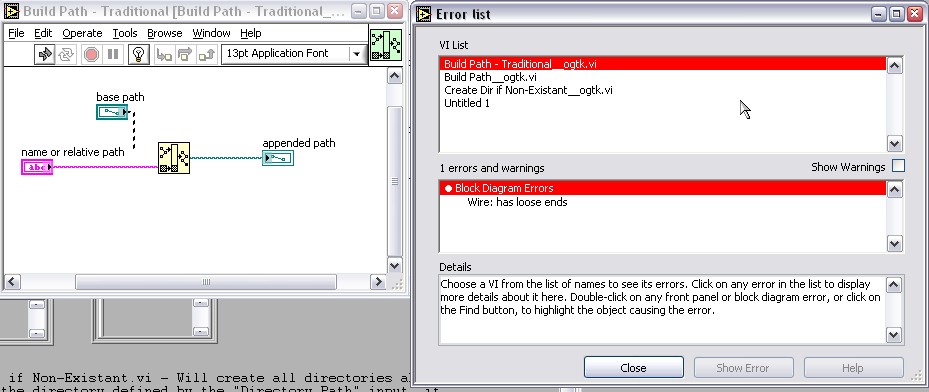
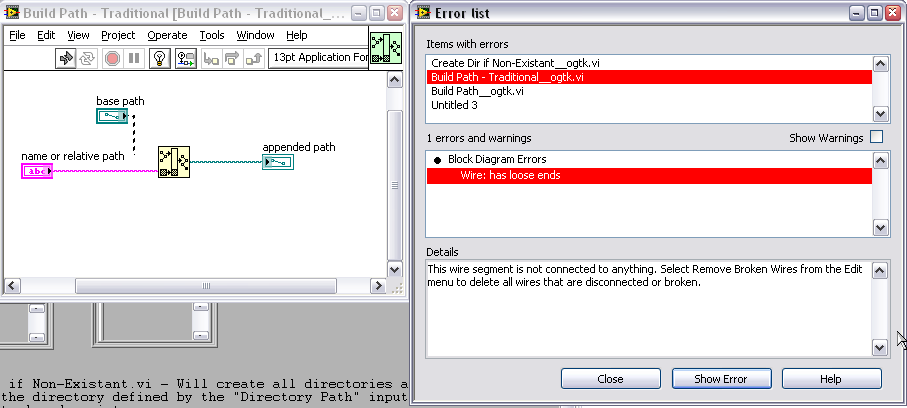
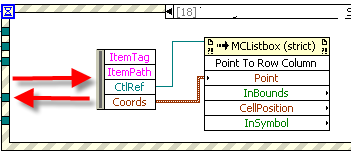
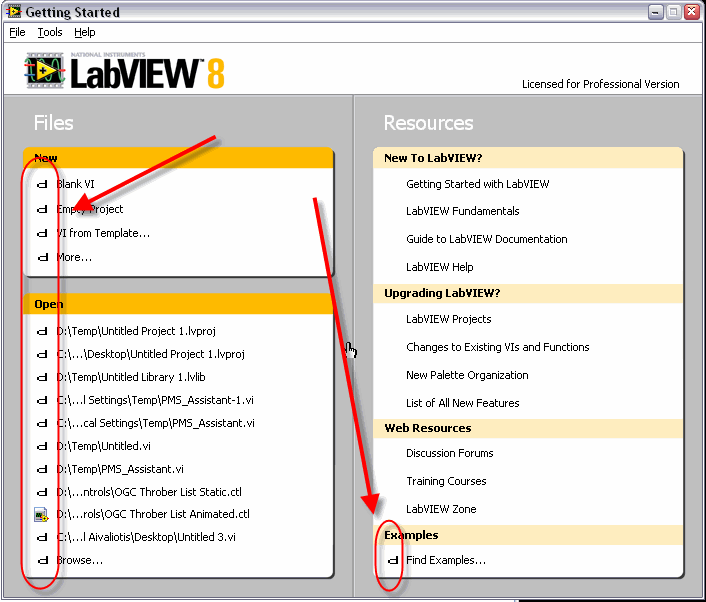
Couple messages
in LAVA Lounge
Posted